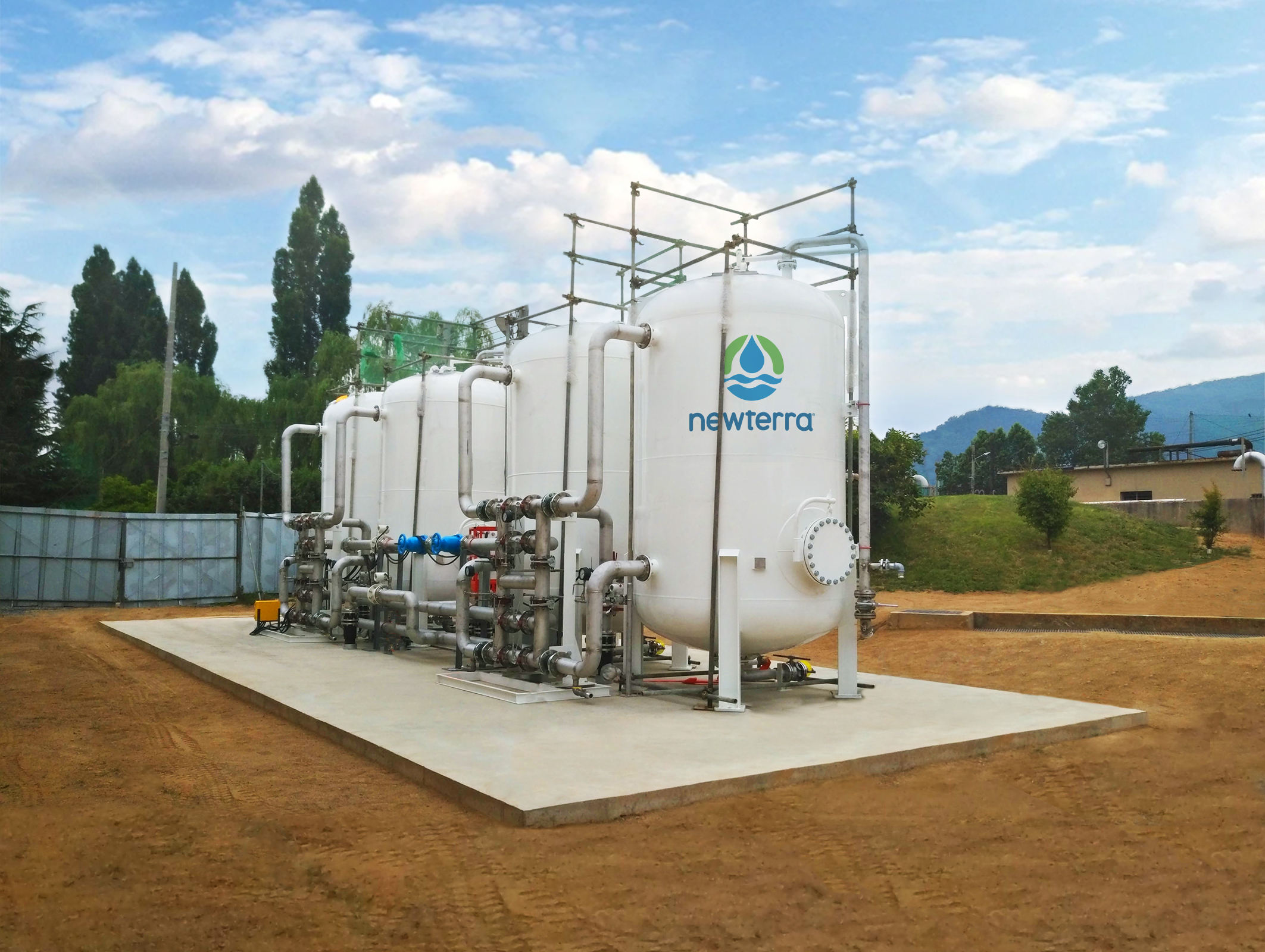The Complete Guide to Effective PFAS Treatment for Water Contamination
Innovative PFAS Treatment Solutions for Safer Water
The increasing frequency of PFAS contamination in water supplies necessitates an essential evaluation of ingenious treatment options. Furthermore, emerging bioremediation techniques provide a more sustainable approach to tackling PFAS obstacles. pfas management.
Summary of PFAS Contamination
PFAS contamination has actually become a substantial ecological and public health and wellness worry. Per- and polyfluoroalkyl compounds (PFAS) are a team of artificial chemicals recognized for their determination in the environment and human body, leading them to be generally referred to as "for life chemicals." These compounds have actually been widely utilized in different sectors, including firefighting foams, water-repellent fabrics, and food product packaging, largely because of their water- and grease-resistant properties.
The extensive usage of PFAS has caused their detection in soil, water materials, and even in the blood of human beings and animals. Research studies have linked PFAS exposure to various health and wellness problems, consisting of developing effects in babies, body immune system dysfunction, and various types of cancer. Additionally, the environmental determination of these compounds complicates their deterioration and removal, raising concerns regarding lasting environmental influences.
Regulatory bodies are significantly executing rigid guidelines to monitor and lower PFAS levels in alcohol consumption water and various other ecological mediums. As recognition of PFAS contamination expands, it has actually ended up being necessary for neighborhoods and sectors to look for efficient treatment remedies to alleviate exposure and secure public wellness.
Advanced Filtering Technologies
As the urgency to deal with PFAS contamination escalates, progressed filtering innovations have actually arised as a critical part in the removal efforts focused on getting rid of these consistent chemicals from water resources. These innovations leverage advanced devices to successfully target and catch PFAS substances, which are infamously immune to traditional treatment methods.
Among one of the most encouraging strategies is using granular turned on carbon (GAC), which adsorbs PFAS molecules due to its high surface location and porous framework. This approach has actually been extensively executed in both municipal and commercial settings, demonstrating substantial reductions in PFAS concentrations. In addition, ion exchange resins have actually acquired grip, specifically developed to uniquely bind PFAS ions from water, therefore facilitating their elimination.
Membrane purification technologies, such as reverse osmosis and nanofiltration, likewise reveal efficacy in PFAS removal by literally separating impurities from water - pfas management. These systems can accomplish high degrees of pureness, making them suitable for drinking water applications
Chemical Treatment Advancements
Numerous chemical therapy developments are being discovered to efficiently address PFAS contamination in water supplies. One promising technique entails making use of sophisticated oxidation procedures (AOPs), which use effective oxidants such as ozone, hydrogen peroxide, or chlorine dioxide incorporated with UV light to damage down PFAS substances into much less dangerous materials. This approach has demonstrated effectiveness in research laboratory setups, showing potential for scalability in real-world applications.
One more ingenious approach is the advancement of ion-exchange materials particularly made to target PFAS. These resins can uniquely adsorb PFAS substances from water, enabling their removal throughout therapy processes. Current developments have boosted the performance and ability of these materials, making them a favorable choice for water treatment facilities.
Furthermore, scientists are checking out making use of chemical agents like persulfate and ferrous ions to enhance the deterioration of PFAS in contaminated water. These representatives can induce chemical responses that help with the failure of persistent PFAS compounds.
Arising Bioremediation Strategies
Recent improvements in chemical therapy technologies have paved the means for checking out bioremediation methods as a feasible alternative for attending to PFAS contamination. Bioremediation uses the all-natural metabolic procedures of microbes to weaken or change pollutants, making it an attractive approach for tackling persistent pollutants like PFAS.
Emerging methods in bioremediation include using genetically engineered microbes that can particularly target and Go Here break down PFAS compounds. These microbial strains are being created for their boosted deterioration capabilities, enhancing the efficiency of the removal process. Additionally, scientists are examining the possibility of plant-assisted bioremediation, where specific plant types might uptake and withdraw PFAS from polluted soil and water.
Another appealing method is the application of bioaugmentation, which entails presenting beneficial microorganisms right into polluted atmospheres to boost the destruction of PFAS. This technique can facilitate quicker remediation timelines and boost overall efficiency.

Regulatory Frameworks and Standards
A comprehensive regulative structure is crucial for effectively managing PFAS contamination and making great site sure public health and wellness security. The enhancing acknowledgment of per- and polyfluoroalkyl materials (PFAS) as ecological contaminants has prompted numerous government and state agencies to develop criteria that control their existence in water products. The United State Epa (EPA) has actually developed health advisories and is pursuing setting enforceable limitations for PFAS in drinking water.
State-level guidelines differ considerably, with some states taking on more stringent guidelines than those suggested by the EPA. These policies usually consist of optimum pollutant degrees (MCLs) for certain PFAS compounds, surveillance demands, and reporting responsibilities for water utilities. Additionally, arising frameworks focus on the removal of infected sites, highlighting the need for effective treatment modern technologies.

Verdict
To conclude, the growth and implementation of cutting-edge PFAS therapy services are vital for attending to the pervasive problem of water contamination. Advanced filtering technologies, chemical therapies, and emerging bioremediation techniques jointly offer a complex strategy to effectively decrease and degrade PFAS degrees. As governing frameworks remain to progress, integrating these technologies will be important to safeguard public health and web link wellness and restore the integrity of polluted water sources, inevitably adding to a cleaner and much safer atmosphere.